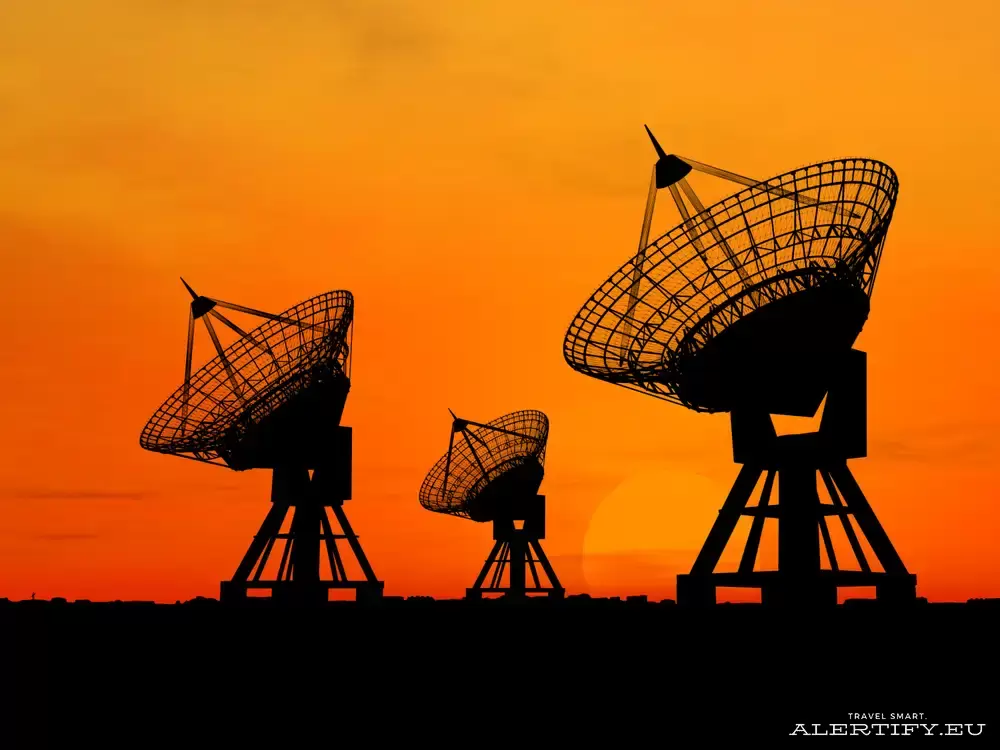
Satellite IoT subscriber base to reach 21.2 mn by 2026
The global satellite IoT subscriber base grew to surpass 3.9 million in 2021. The number of satellite IoT subscribers will increase at a compound annual growth rate (CAGR) of 40.3 percent to reach 21.2 million units in 2026, according to Berg Insight.
“Iridium, Orbcomm, Inmarsat and Globalstar are the largest satellite IoT network operators today”, says Johan Fagerberg, Principal Analyst at Berg Insight. Iridium grew its subscriber base by 21 percent in the last year and reached the number one spot serving 1.3 million subscribers. Originally a dedicated satellite operator, Orbcomm has transitioned into an end-to-end solution provider, delivering services on its own satellite network as well as being a reseller partner of Inmarsat and others. At the end of 2021, the company had 1.1 million satellite IoT subscribers on its own and Inmarsat’s networks. At the same time Globalstar reached 0.42 million subscribers. Other players with connections in the tens of thousands include for instance Kineis in France and Thuraya in the UAE. In addition to the incumbent satellite operators a number of new initiatives have appeared on the market recently.
Examples of some high-profile projects are Astrocast, AST SpaceMobile, CASC/CASIC, E-Space, Fleet Space Technologies, Hubble Network, Kepler Communications, Kineis, Ligado Networks, Lynk, Myriota, Omnispace, Skylo, Swarm Technologies (SpaceX) and Totum.
Many of these are based on low-earth orbit nano satellite concepts. While some rely on proprietary satellite connectivity technologies to support IoT devices, several are starting to leverage terrestrial wireless IoT connectivity technologies including OQ Technology, AST SpaceMobile, Omnispace, Sateliot, Galaxy Space, Ligado Networks, Lynk, Skylo and Starlink (3GPP 4G/5G); EchoStar Mobile, Fossa Systems, Lacuna Space and Eutelsat (LoRaWAN); Hubble Network (Bluetooth); and Eutelsat (Sigfox).
“The terrestrial technologies will grow in importance in the next five years and collaborations between satellite operators and mobile operators exploring new hybrid satellite-terrestrial connectivity opportunities such as the recent T-Mobile/SpaceX agreement will become common”, concludes Mr Fagerberg.










